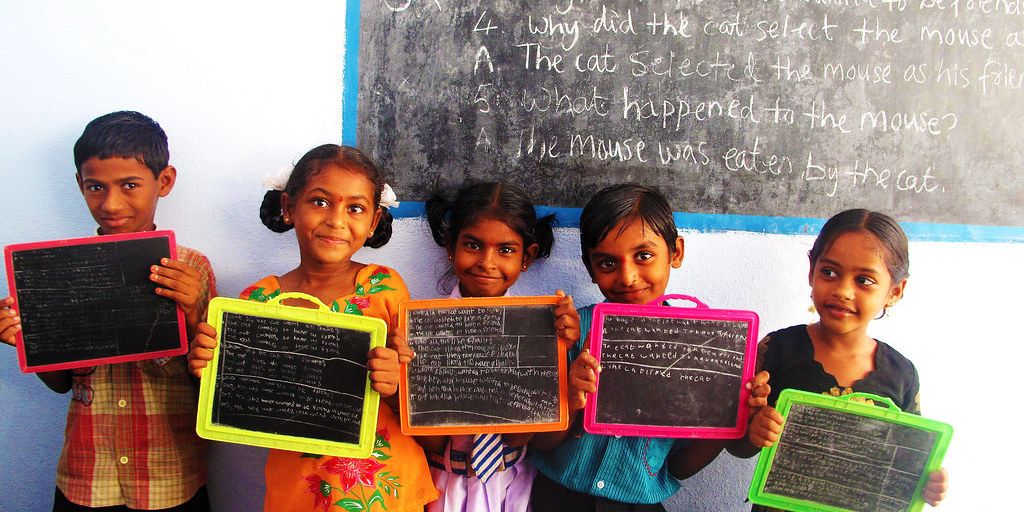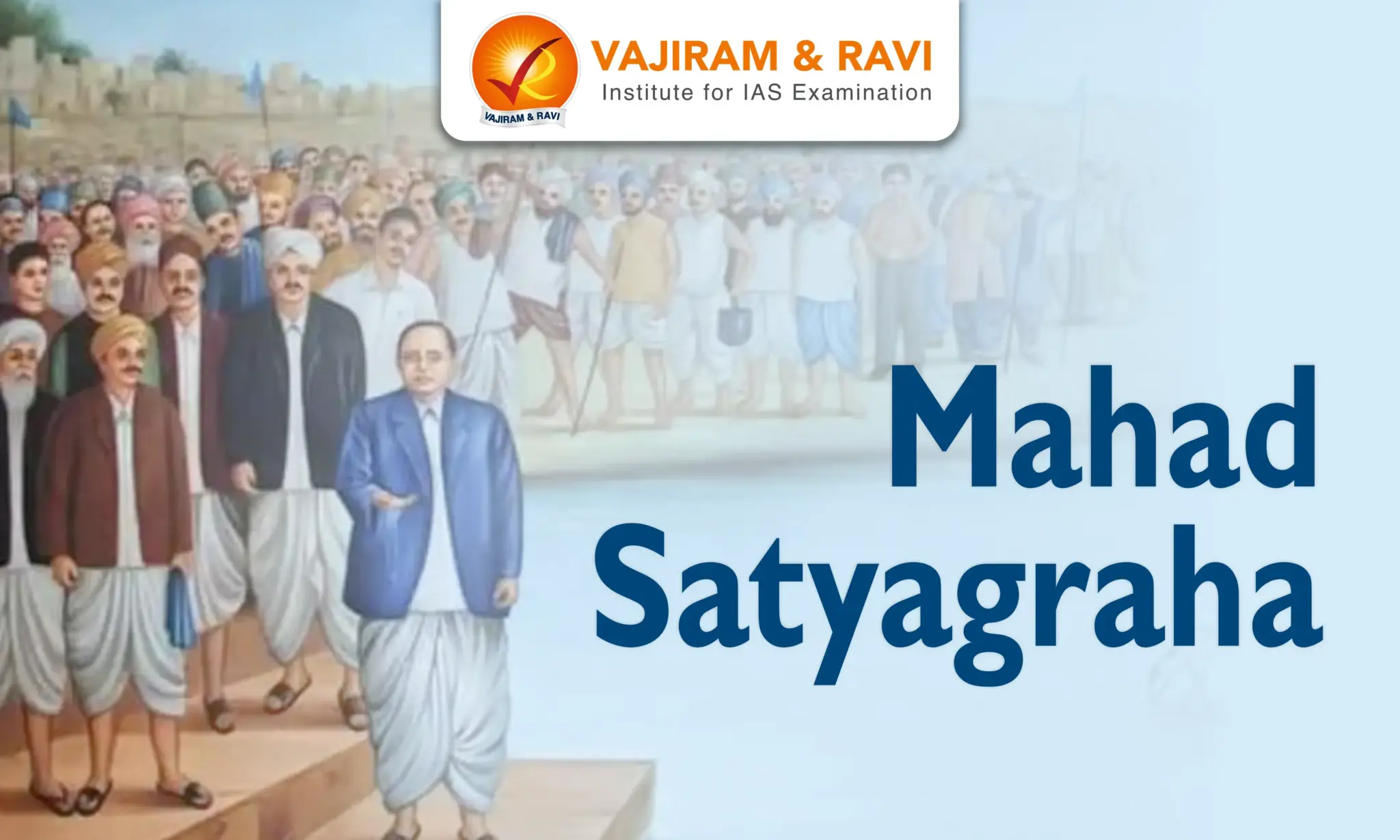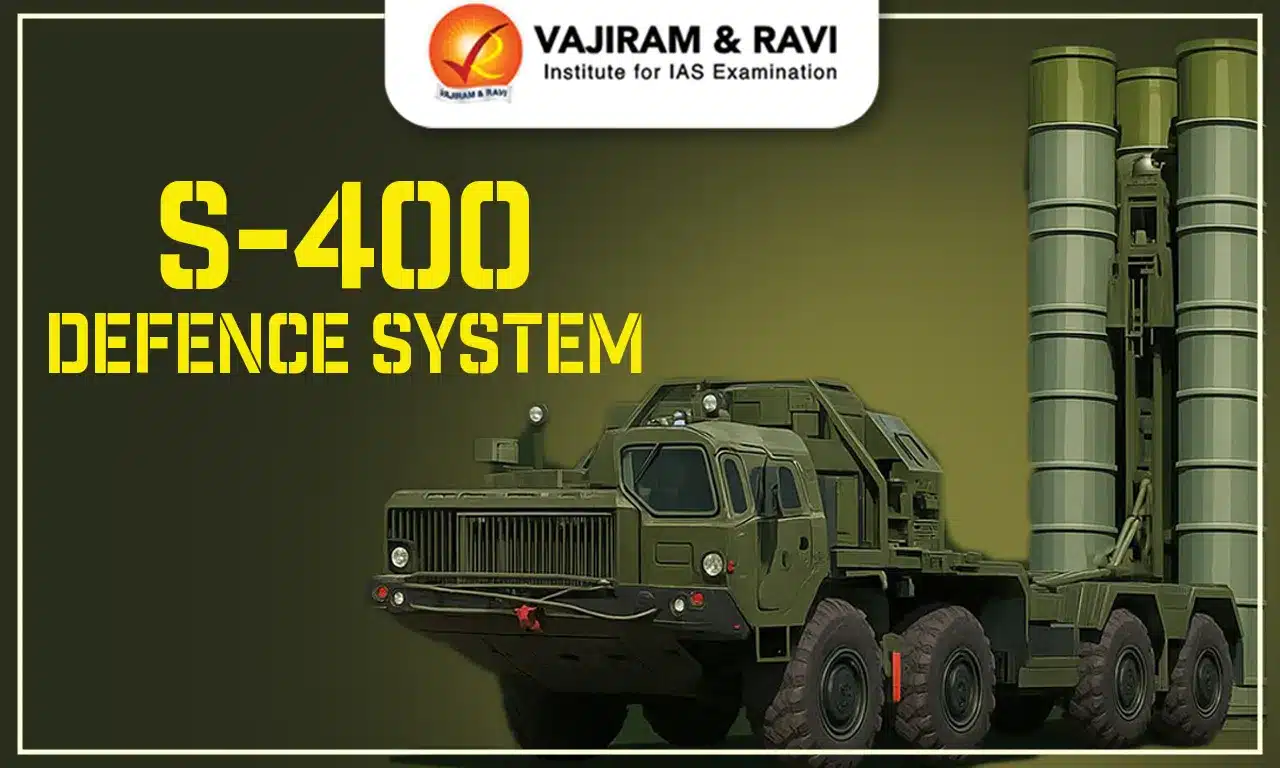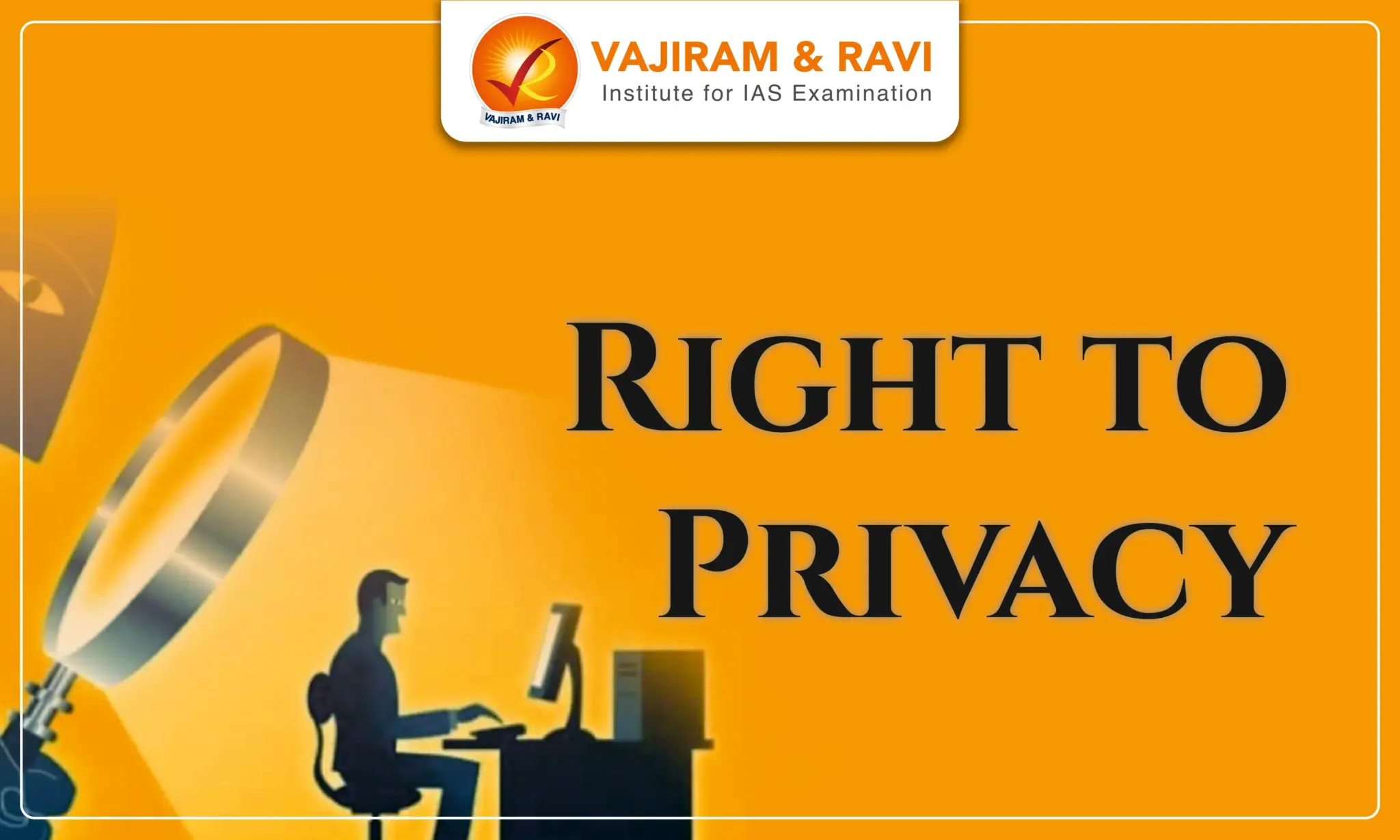What is the genesis of the Right to Education (RTE) Act?
In the 1993 case of Unnikrishnan vs. State of Andhra Pradesh, the Supreme Court ruled that the citizens of this country have a fundamental right to education. The said right flows from Article 21. The Supreme Court also noted that the right to education was not an absolute right and ruled that every citizen of India should have the right to free education until 14 years of age.- The Constitution (Eighty-sixth Amendment) Act, 2002 was enacted, which made the following changes:
| Part | Amendment | Provision |
| Fundamental Rights | Insertion of new article 21A | Right to education: The State shall provide free and compulsory education to all children of the age of six to fourteen years in such manner as the State may by law determine. |
| Directive Principles of State Policy | Substitution of new article for article 45 | The State shall endeavor to provide early childhood care and education for all children until they complete the age of six years. |
| Fundamental Duties | Addition to article 51A | ‘who is a parent or guardian to provide opportunities for education to his child or ward between the age of six and fourteen years.’ |
- To enforce Article 21A, The Right of Children to Free and Compulsory Education Act or Right to Education Act (RTE) was enacted in 2009.
What are the significant provisions of the RTE act?
Right to free and compulsory elementary education
- All children between the ages of 6 and 14 years have the right to free and compulsory education in a neighborhood school.
- A child above 6 years of age who is not enrolled in school or was unable to complete his education shall be enrolled in an age-appropriate class.
- Elementary education shall be free until completion, even if the child is older than 14 years.
- No child shall be held back, expelled, or required to pass a board examination until the completion of elementary education.
Curriculum and recognition
- The appropriate government (central or state government) shall specify an academic authority to develop the curriculum and evaluation procedure for elementary education.
- All schools must comply with pupil-teacher ratio norms.
- No school shall be established or recognized unless they satisfy the norms prescribed.
- Teacher qualification: The teacher should pass the Teacher Eligibility Test (TET), which will be conducted by the appropriate Government. The National Council for Teacher Education (NCTE) has laid down the minimum qualifications for a person to be eligible for appointment as a teacher in classes I to VIII.
Responsibilities of schools and teachers
- Government schools shall provide free and compulsory education to all admitted children.
- Similarly, aided schools shall provide free and compulsory education proportionate to the funding received, subject to a minimum of 25%.
- Teachers are prohibited from giving private tuitions and undertaking non-teaching duties except for census, disaster relief, and election work.
- Schools shall constitute School Management Committees (SMC) comprising local authority officials, parents and guardians, and teachers, which shall monitor the school's utilization of government grants and prepare a school development plan.
Responsibilities of appropriate governments
- Central Government:
- Constituting a National Advisory Council which shall advise the government on the implementation of the Act.
- Create a national curriculum framework.
- Developing and enforcing teacher training standards.
- State Government:
- Providing free and compulsory elementary education for children ages 6-14 years.
- Ensuring compulsory admission, attendance, and completion of elementary education
- Providing for the availability of neighborhood schools.
Grievance redressal
- The National Commission for the Protection of Child Rights shall review the safeguards for rights provided under this Act. It investigates complaints and has the powers of a civil court in trying cases.
- The appropriate government may also constitute a State Commission for Protection of Children Rights to carry out these functions.
Financial resources
- The Act states that the central and state governments shall share financial responsibility.
- The central government may request the Finance Commission to consider providing additional resources to the state governments in order to carry out provisions of the Act.
What is the status of the implementation of the RTE Act?
Since its enactment, the RTE Act has achieved success in overall enrolment rates but also faced criticism for administrative and structural lapses.- Increase in enrolment: The Act has successfully managed to increase enrolment in the upper primary level (Class 6-8). Nationally, between 2009 – 2016, the number of students in the upper primary level increased by 19.4%.
- Improved infrastructure norms: Qualitative norms specified under Act include a teacher–student ratio of 1:30, ramps for students with disabilities, provision of drinking water, and availability of a playground. According to the District Information System of Education, around 13% of all schools in India have achieved full compliance with these RTE norms.
- The 25-percent quota: One of the most far-reaching and inclusive aspects of the Act is its objective to ensure equal opportunity for basic education for all children, irrespective of their socioeconomic status. In 2018–19, more than 3.3 million students secured admission under the 25% quota.
What are the issues and challenges associated with the implementation of the RTE Act?
- Lack of specific penalties: There are no specific penalties if the authorities fail to provide the right to elementary education.
- Intermix of responsibilities: Both the state government and the local authority have the duty to provide free and compulsory elementary education. Sharing of this duty may lead to neither government being held accountable.
- Lack of accountability of government schools: The Act provides for the right to schooling and physical infrastructure but does not guarantee that children learn. It exempts government schools from any consequences if they do not meet the specified norms.
- Issues with private reservation: The constitutional validity of reservations of seats in private schools for economically weaker sections could be challenged.
- Conflict with other rights: Minority schools are not exempt from provisions in this Act. It is possible that this will conflict with Article 30 of the Constitution, which allows minorities to set up and administer educational institutions.
- Multi-grade teaching: The Act legitimizes the practice of multi-grade teaching. The number of teachers shall be based on the number of students rather than by grade.
What are the amendments made to the RTE Act?
- Amendment Act 2012:
- It included children with disabilities under the purview of the RTE Act and recommended home-based education for children with severe disabilities.
- It exempted religious and minority educational institutions from the Act.
- Amendment Act 2019:
- It abolished the no-detention policy in schools. Under the existing provisions of the Act, no student can be detained up to class VIII.
- Also, it would be left to the states to decide whether to continue the no-detention policy.
What steps can ensure better implementation of the RTE Act?
- Participatory and responsible management: State governments need to deepen the systems of bottom-up planning and build capacities of school management committees. Local NGOs and other organizations may also be involved in the School Management Committees.
- Focus on teacher training programme: The quality of teachers is the backbone of any teaching programme. Creating a standard training programme to train and generate quality teachers is crucial for the RTE Act to produce meaningful results.
- Vocational education: Adequate focus should be given to crafts and vocational training.
- Enhanced budget: The Central and state governments should enhance elementary education budgets to deliver commitments made in the Act.
- Giving incentives for schooling: Incentives in the form of Monetary support to parents for sending kids to school.
Last updated on December, 2025
→ Check out the latest UPSC Syllabus 2026 here.
→ Join Vajiram & Ravi’s Interview Guidance Programme for expert help to crack your final UPSC stage.
→ UPSC Mains Result 2025 is now out.
→ UPSC Notification 2026 is scheduled to be released on January 14, 2026.
→ UPSC Calendar 2026 is released on 15th May, 2025.
→ The UPSC Vacancy 2025 were released 1129, out of which 979 were for UPSC CSE and remaining 150 are for UPSC IFoS.
→ UPSC Prelims 2026 will be conducted on 24th May, 2026 & UPSC Mains 2026 will be conducted on 21st August 2026.
→ The UPSC Selection Process is of 3 stages-Prelims, Mains and Interview.
→ UPSC Result 2024 is released with latest UPSC Marksheet 2024. Check Now!
→ UPSC Prelims Result 2025 is out now for the CSE held on 25 May 2025.
→ UPSC Toppers List 2024 is released now. Shakti Dubey is UPSC AIR 1 2024 Topper.
→ UPSC Prelims Question Paper 2025 and Unofficial Prelims Answer Key 2025 are available now.
→ UPSC Mains Question Paper 2025 is out for Essay, GS 1, 2, 3 & GS 4.
→ UPSC Mains Indian Language Question Paper 2025 is now out.
→ UPSC Mains Optional Question Paper 2025 is now out.
→ Also check Best IAS Coaching in Delhi
Right to Education Act FAQs
Q1. How is a child defined under the RTE Act?+
Q2. Is the RTE Act applicable to minority educational institutions?+

















